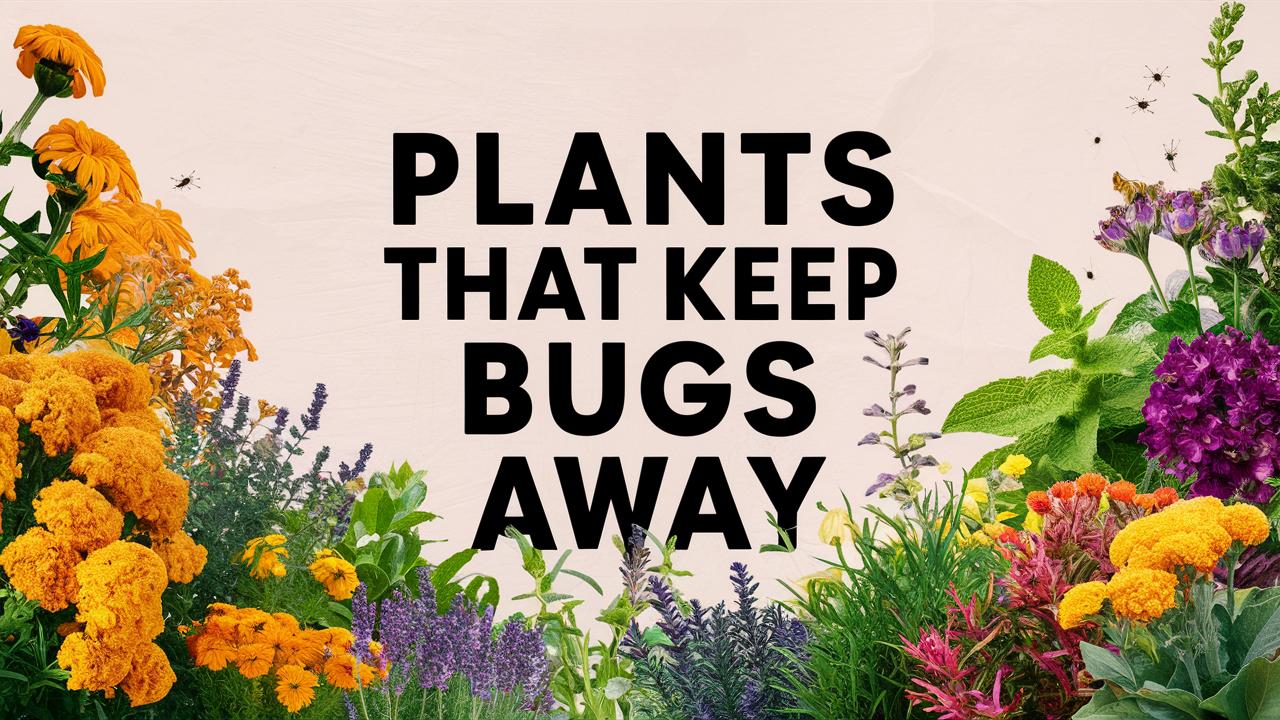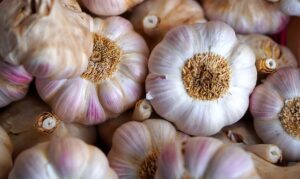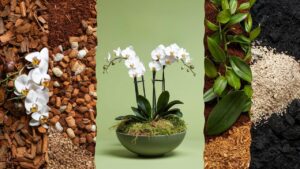In this guide, we will explore into the properties and uses of various plants that help keep bugs away, enhancing your home and garden while fostering your enjoyment of the great outdoors.
Lavender

Lavender is much more than a fragrant flower; it’s well-known for its soothing aroma and dried flower arrangements, but it also acts as a potent insect repellent. The strong scent released by lavender oil is particularly effective against moths, mosquitoes, and flies. Planting lavender around patios and walkways can create a lovely, fragrant barrier that deters these insects.
Beyond bug control, lavender has additional benefits. Its calming properties can help relieve stress and anxiety, making your garden or home a tranquil retreat. Simply planting lavender near sitting areas can provide a double benefit: a beautiful landscape and a peaceful ambiance.
Basil
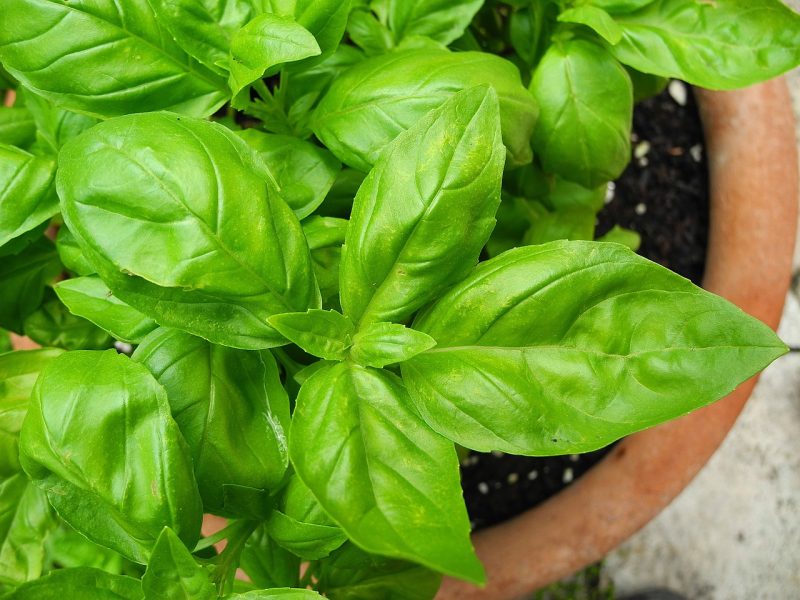
Basil is not only an essential culinary herb used in a myriad of dishes, but it also serves as a powerful bug deterrent. Its scent can repel mosquitoes and flies effectively. Growing basil in pots or in your vegetable garden can help protect your edible plants, creating an organic pest control solution.
Additionally, basil’s versatility in cooking makes it an attractive addition to your kitchen garden. You can harvest fresh leaves for your caprese salad, pesto, or other gourmet dishes, giving you the added bonus of fresh, home-grown flavor. This dual-purpose plant is a must-have for any gardening enthusiast.
Marigold
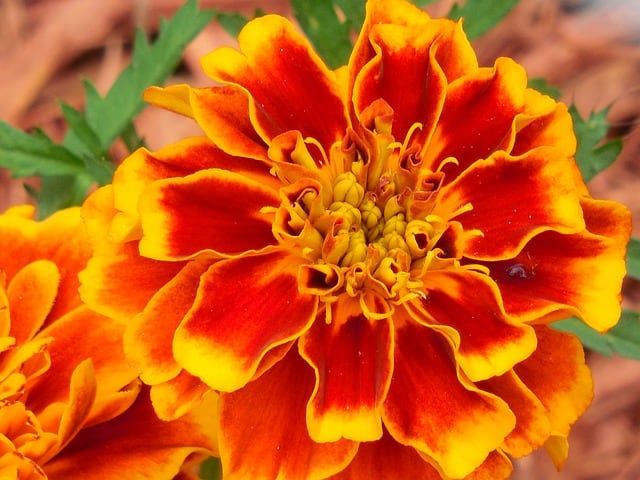
Marigolds are celebrated for their vibrant colors and cheerful blooms, but they also hold an important role in pest management. These flowers release a scent that wards off mosquitoes and various garden pests, including aphids, nematodes, and whiteflies. Planting marigolds alongside vegetables can help create a thriving ecosystem free from harmful insects.
In addition to their pest-repelling qualities, marigolds are excellent companions in a garden. Their strong roots can deter soil nematodes, effectively enhancing the health of other plants nearby. They’re a staple in many gardens due to their easy maintenance and ability to attract beneficial insects, making them a win-win for your planting schemes.
Mint
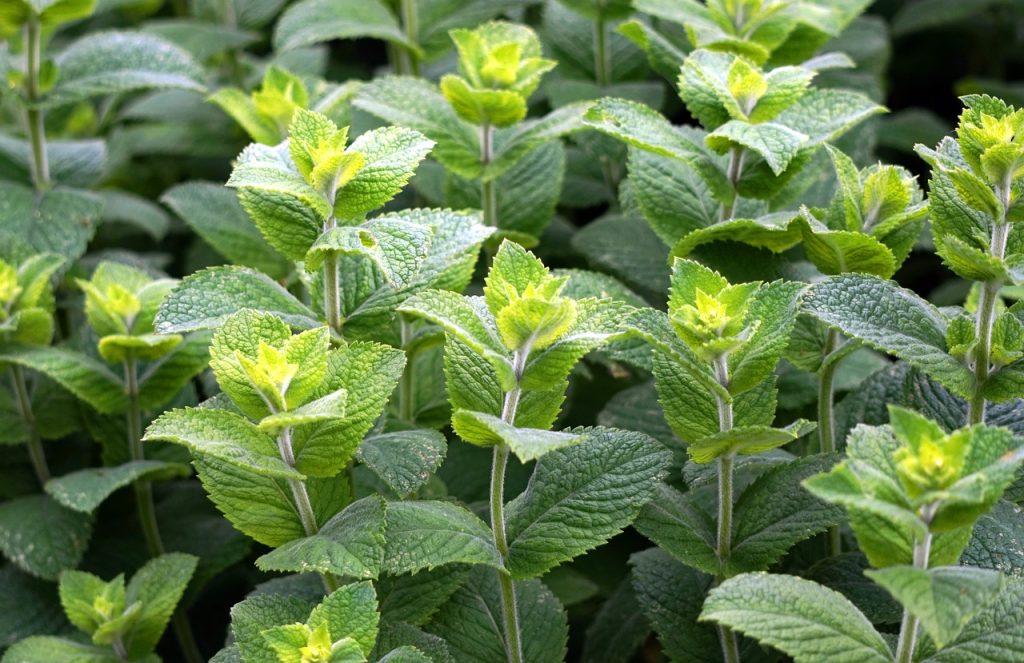
Mint isn’t just a refreshingly aromatic herb that adds zest to drinks and dishes; it’s also a natural deterrent against a variety of insects. The strong scent of mint is known to repel ants, mosquitoes, and even spiders. Growing mint around your patio or in pots can create a barrier against these unwanted visitors.
However, keep in mind that mint can be quite invasive if not contained, so it’s best to grow it in pots to control its spread. Besides its pest-repelling abilities, mint offers a great culinary addition to cocktails, salads, and desserts, enriching your cooking and your garden’s aesthetic.
Catnip

Catnip is well known for its effects on felines, making them playful and euphoric. Yet, this perennial plant also stands out as a bug repellent, particularly effective against mosquitoes. The compound nepetalactone in catnip not only attracts cats but significantly keeps mosquitoes at bay.
If you’re a cat owner, incorporating catnip into your garden may delight your pets and enhance your pest management strategy. Even if you don’t have cats, planting catnip can add a unique touch to your garden, creating a beautiful flowering plant that serves dual purposes.
Petunia
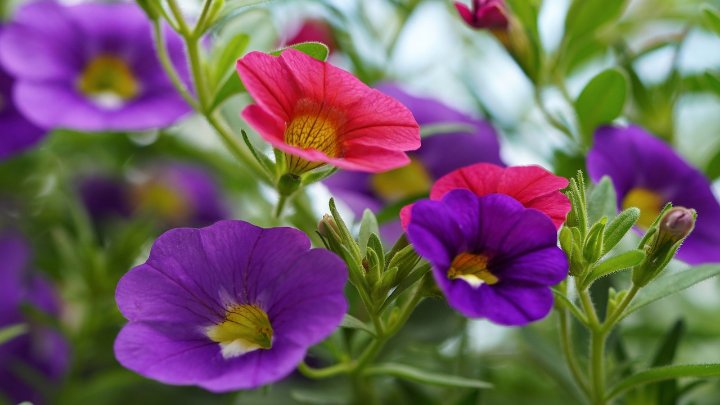
Petunias are vibrant, colorful flowers beloved by gardeners, but they do more than just brighten up your garden. They are known to repel a range of pests, including aphids, tomato hornworms, and even some beetles. Their pleasing scent is a natural insect deterrent and can make any area more inviting for people while keeping bugs at bay.
Moreover, petunias come in various colors and sizes, allowing you to arrange them creatively in your landscape. Their low maintenance and adaptability to different environments make them an excellent choice for both novice and experienced gardeners seeking to enhance their garden’s beauty while managing insect problems organically.
Rosemary
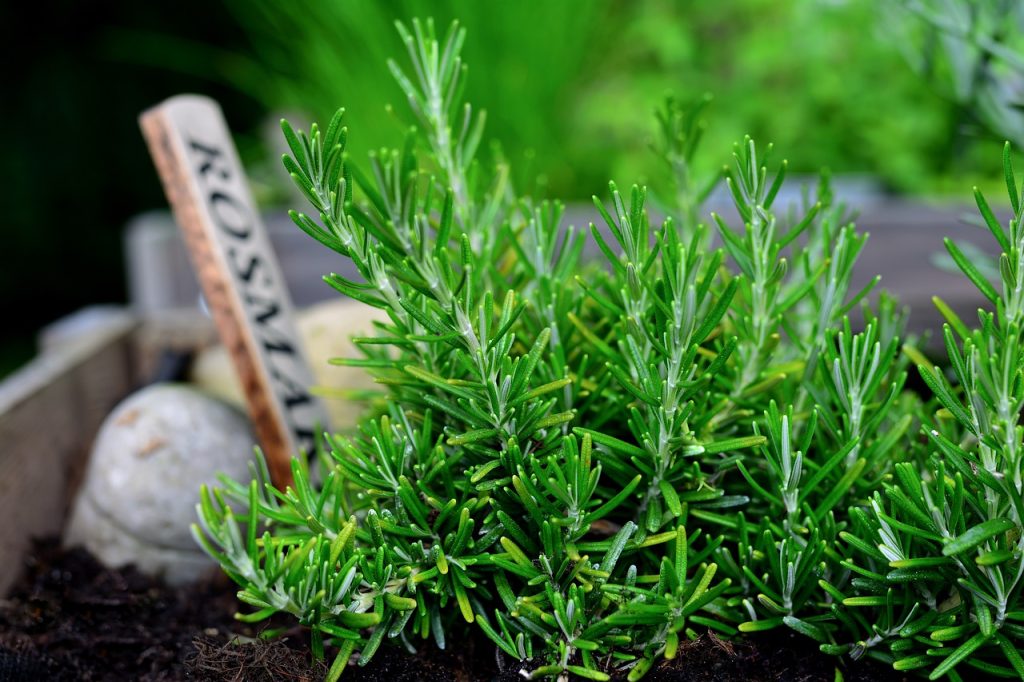
Rosemary is a hardy herb that thrives in gardens and pots, providing an aromatic culinary delight while also keeping unwanted pests away. Its pungent scent repels mosquitoes and other insects, making it a practical choice for outdoor kitchens or dining areas.
Utilizing rosemary in your cooking can add depth to your dishes while its insect-repelling qualities keep your dining experience pleasant and pest-free. Plus, rosemary is drought-resistant and requires minimal care, making it a resilient addition to your garden.
Lemongrass

Lemongrass is another plant that excels in the dual function of culinary herb and bug repellent. This grass emits a strong lemony scent, which is highly effective in repelling mosquitoes and other flying insects. It is commonly used in Asian cuisine, particularly in soups and teas, providing you with fresh ingredients for flavorful meals.
To cultivate lemongrass, consider planting it in pots or as border plants in your garden. Not only does it serve as a natural insect deterrent, but it also adds texture and a refreshing aroma to your garden space, making it inviting for human guests and uninviting for insects.
Geraniums
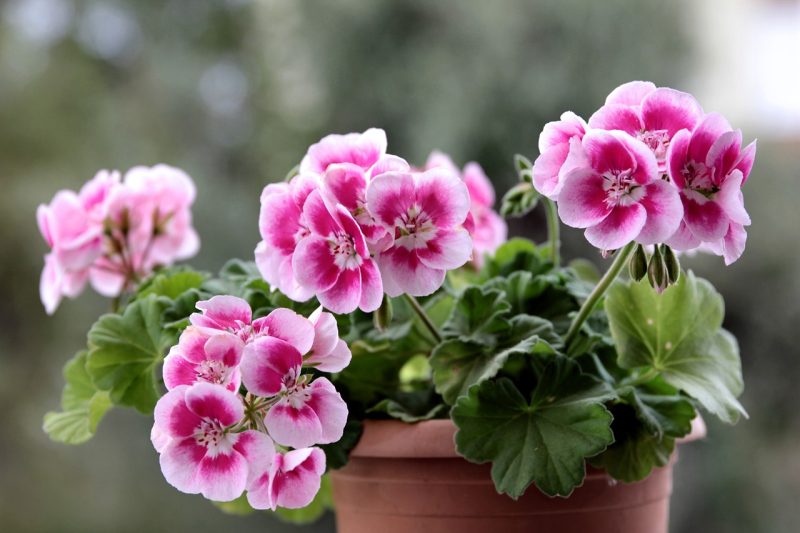
With their beautiful blooms and delightful fragrance, geraniums are popular in home gardens. They are also effective in repelling mosquitoes. The scent produced by scented geraniums, in particular, is known to keep flying insects away.
Beyond their pest-repelling abilities, geraniums are relatively easy to grow, thriving in both pots and garden beds. Their variety of colors can add a lovely pop to your landscaping, while their natural properties help maintain a more insect-free environment for your outdoor activities.
Chrysanthemum

Chrysanthemums, or mums, are more than just autumn staples; they are also beneficial in pest control. Containing pyrethrum, a natural insecticide, these blooms can help repel a variety of insects, including ants, cockroaches, and even some garden pests.
These bold flowers not only add color to your garden during the fall months but can also be a strategic inclusion in your insect-repelling garden roster. The attractive blooms can uplift the aesthetics of any space while serving a functional purpose in pest management.
Garlic
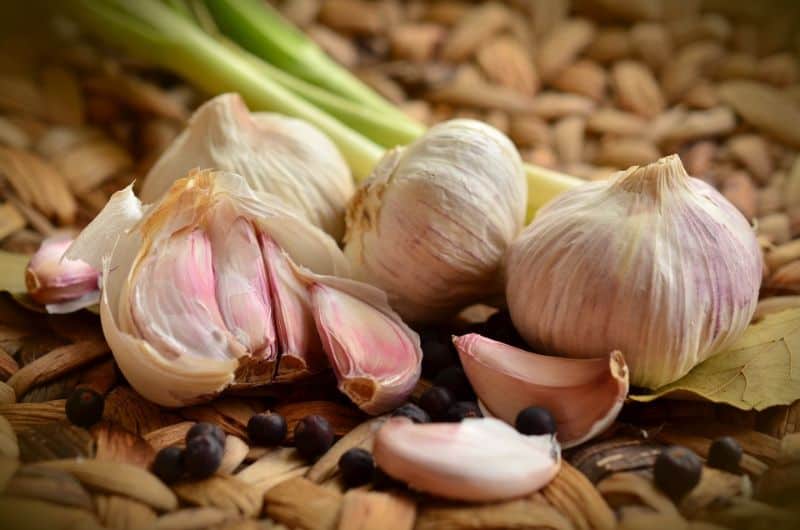
Garlic is well-known in the culinary world, particularly for its distinct flavor and numerous health benefits. However, one of its lesser-known properties is its ability to repel insects. The strong odor of garlic is unappealing to many pests, including mosquitoes, aphids, and even ticks.
You can plant garlic in your garden or use garlic powder as a natural pesticide to keep bugs away from your other plants. Its ability to enhance your culinary creations makes garlic a fantastic and practical option for any gardener looking to keep the bugs at bay while enjoying fresh produce.
Dill
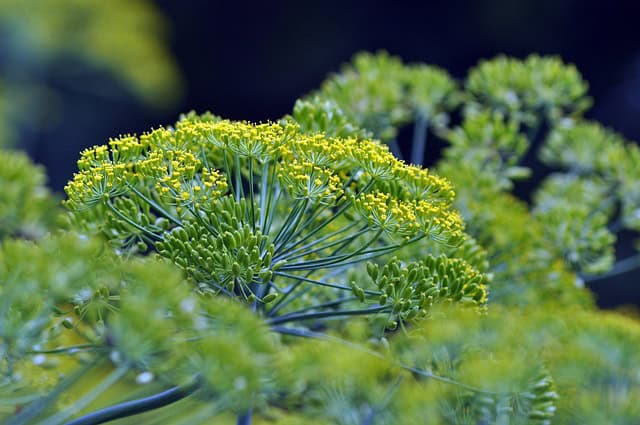
Dill is a delicate herb that is commonly used in cooking, especially for pickling. But this aromatic plant also works wonders as an insect deterrent, notably against aphids and spider mites. Planting dill in your vegetable garden can create a natural barrier preventing these pests from damaging your crops.
Additionally, dill attracts beneficial insects, like ladybugs and lacewings, which can further assist in pest control. With its feathery leaves and yellow flowers, dill adds a soft beauty to your garden while enhancing your pest control efforts and culinary endeavors.
Chives

Chives, related to onions and garlic, not only add flavor to various dishes but can also keep pests away. Their strong scent can deter aphids, carrot flies, and other garden pests. Incorporating chives into your garden can provide a fresh supply of herbs for your kitchen while shielding your vegetables from invading insects.
Chives are resilient, grow easily in various conditions, and can be harvested throughout the growing season, making them a practical choice for both aesthetics and pest management. Their beautiful purple flowers can add a touch of charm to any garden, delighting both your senses and your landscape.
Sage

Sage is a hardy herb widely used in cooking, known for its earthy flavor and aroma. It also plays a role in pest control; the strong fragrance serves as a natural barrier against certain insects, including mosquitoes and cabbage moths.
Growing sage in your garden not only enhances your culinary repertoire but also contributes an inviting element to your outdoor space. The beautiful foliage and flowers attract beneficial pollinators, allowing your garden to thrive while keeping harmful pests at bay. Sage is a reliable addition to a diverse gardening strategy.
Onion
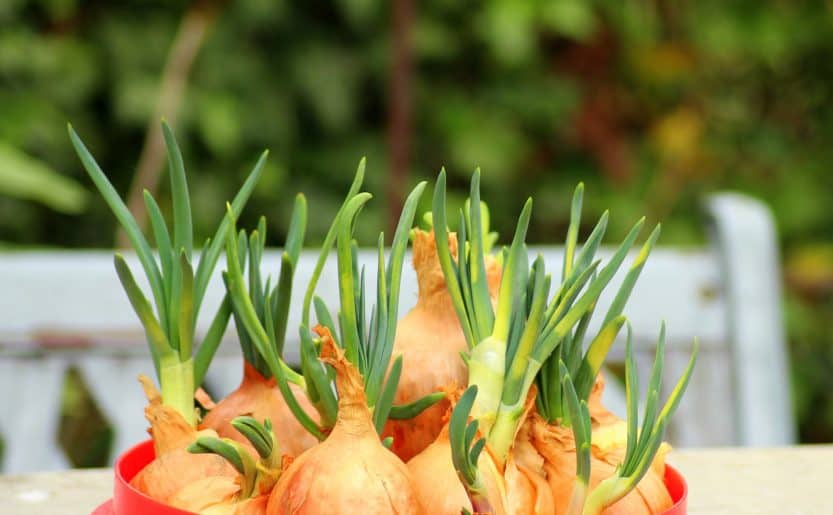
Onions are often utilized for their flavor in cooking, but they are also effective in repelling pests. The strong odor that onions emit can help ward off a range of insects, including aphids and spider mites. Planting onions strategically in your garden can help create natural pest-resistant zones.
Their versatility in the kitchen makes onions a valuable addition to any garden. You can use them fresh in salads or cooked in various dishes, benefiting from both their culinary uses and insect-repelling properties. Onions, with their striking green tops, can enhance the aesthetics of your garden while offering practical benefits.
Calendula
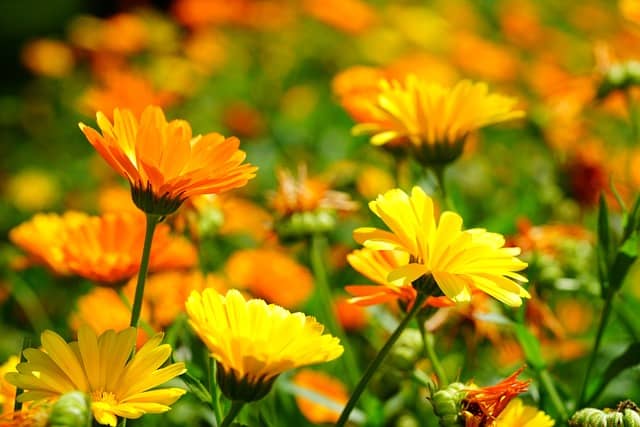
Calendula, known for its vibrant yellow and orange flowers, is not only a beautiful ornamental plant but also serves as an excellent companion plant in the garden. It helps repel aphids, whiteflies, and nematodes, providing a natural pest control solution for your vegetable patches.
In addition, calendula flowers are edible, adding bright colors to salads and other dishes. Their petals are often used in herbal remedies and skincare products as well. The dual nature of calendula makes it a standout choice for any astute gardener looking to enhance both the beauty and functionality of their garden.
Borage

Borage, with its striking blue flowers, is a delightful addition to any garden. This herb is known to attract beneficial insects like bees and can repel harmful ones. Borage can deter pests such as tomato hornworms, making it a great companion plant in vegetable gardens.
Aside from its pest-repelling abilities, borage is edible and can be used in salads or as a garnish. It offers a refreshing cucumber-like flavor, complementing various culinary creations. Borage adds not just beauty and pest resistance to your garden, but it also enriches your cooking with its unique flavor.
Thyme
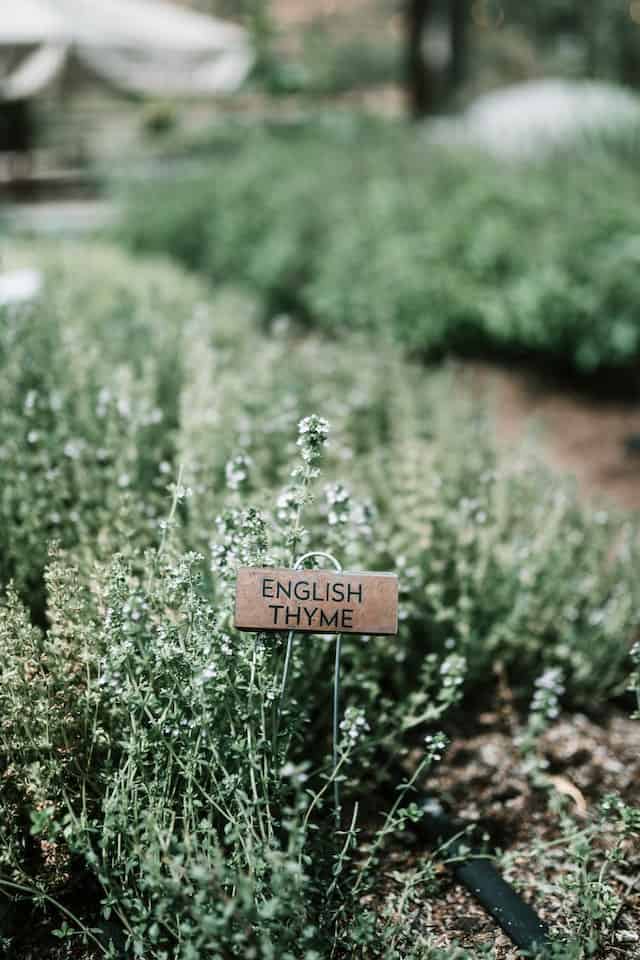
Thyme is a staple herb renowned for its culinary uses, but it also provides effective pest-repelling properties. Its strong scent can deter cabbage moths, whiteflies, and tomato hornworms, making it a great ally when growing vegetables.
Incorporating thyme into your garden not only gives you a versatile herb for your kitchen but also repels unwanted pests naturally. Low-maintenance and drought-resistant, thyme thrives in many environments. Its small purple flowers are not just aesthetic but also attract beneficial insects, supporting the overall health of your garden ecosystem.
Citronella

Citronella is widely recognized for its use in candles and oils designed to keep mosquitoes away, making it a favored plant for gardens and patios. The oil extracted from its leaves is effective at masking scents that attract insects, creating a barrier that can keep your outdoor gatherings more enjoyable.
As a tropical plant, citronella can thrive in warm climates and can be grown in pots, allowing for easy mobility. Its fresh, zesty scent is not only a natural repellent but can also freshen the air, enhancing your outdoor atmosphere while keeping bugs at bay.
Nasturtium
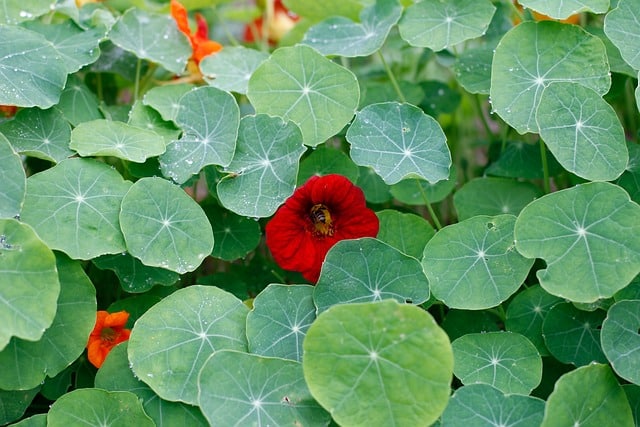
Nasturtiums are wonderful annual flowers that serve multiple purposes in the garden. Their vibrant blossoms are more than just eye candy; they can repel aphids, whiteflies, and squash pests. These plants can act as a sacrificial crop, attracting harmful insects away from your more precious plants.
In addition to pest control, nasturtiums are entirely edible. Their leaves and flowers add a peppery flavor to salads and can be used to create colorful garnishes. With their lively colors and pest-repelling properties, nasturtiums can inject a bit of life into your garden while providing another layer of protection for your plants.
Conclusion
Nature provides us with a remarkable array of plants that help keep bugs at bay, allowing us to enjoy our gardens and outdoor spaces without being overrun by pests. From fragrant herbs like lavender and basil to vibrant blooms like marigolds and petunias, each plant brings something unique to the table. By incorporating these plants into your gardening strategy, you not only create a beautiful landscape but also foster a natural ecosystem that minimizes the need for chemical pesticides.


